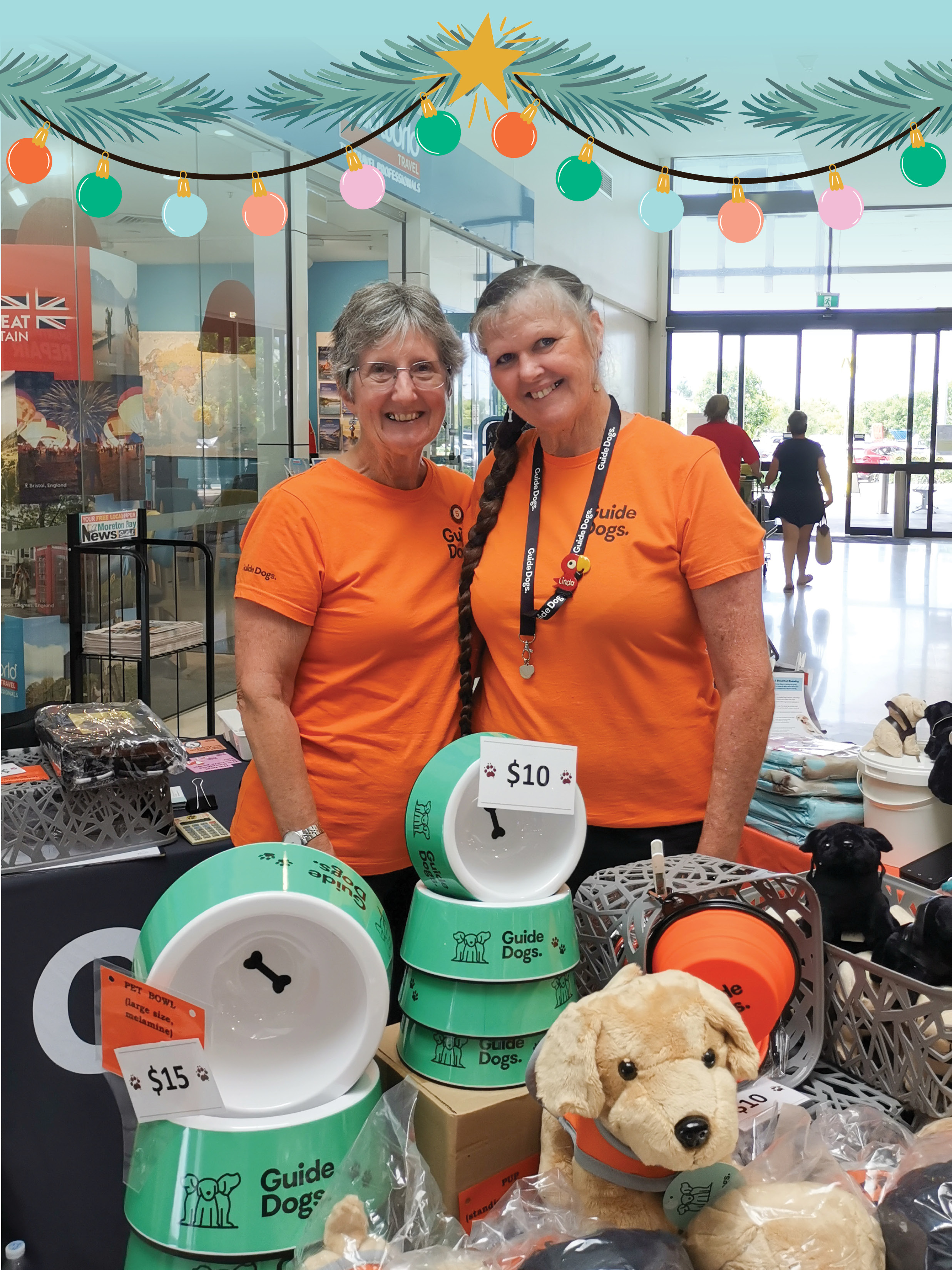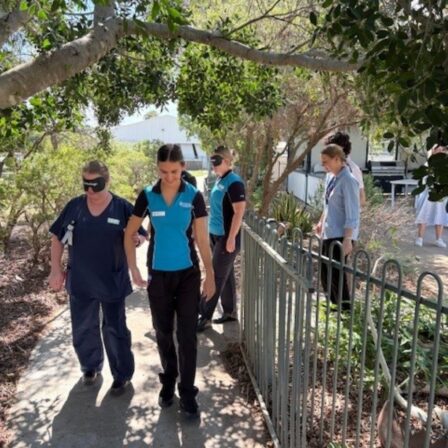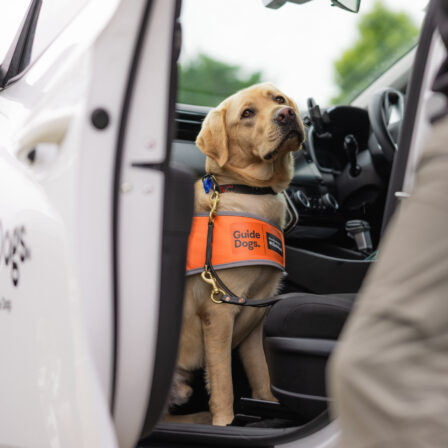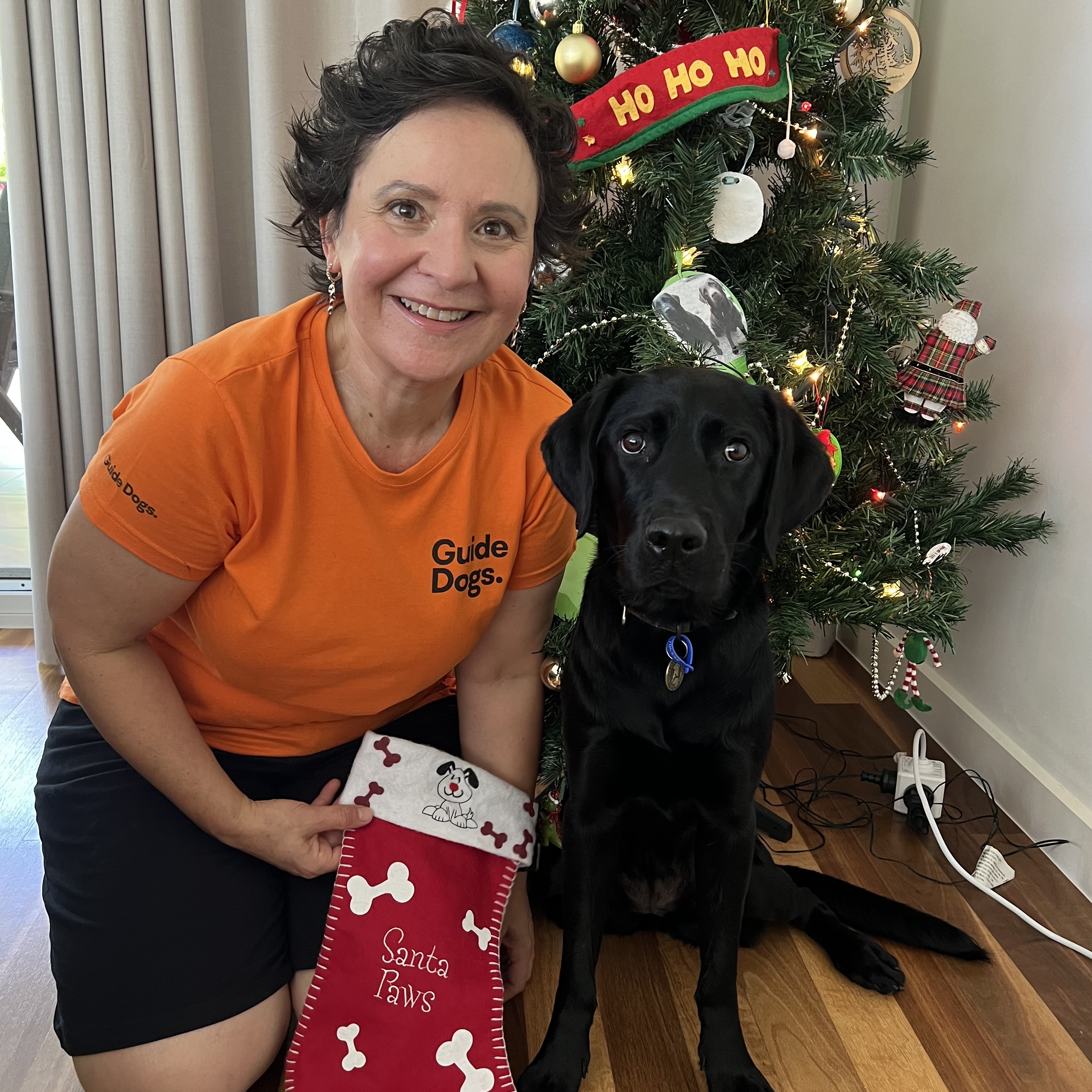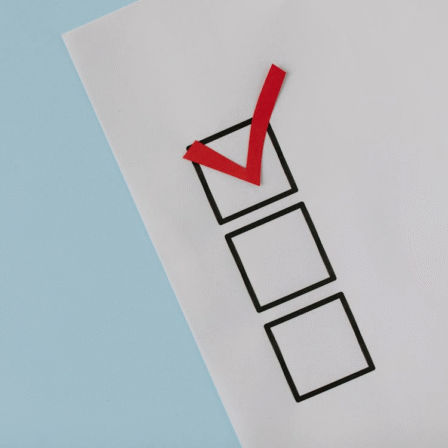News
Embracing New Technologies: Top Tools and Apps for those living with Low Vision or Blindness

As we enter 2025, the world of technology continues to evolve at an incredible pace, and for those with low vision or blindness, these innovations hold the potential to greatly enhance daily living. From more intuitive apps to powerful assistive devices, technology is helping to break down barriers and provide greater independence, convenience, and access to the world around us.
At Guide Dogs Queensland, we’re excited to share some of the top tools, apps, and technologies that can make a real difference in 2025. Whether it’s for mobility, communication, or accessibility, here are some of the latest and most promising innovations designed to improve quality of life for individuals with low vision or blindness.
1. Seeing AI – Microsoft’s Cutting-Edge AI App
Microsoft’s Seeing AI app has been around for a few years, but 2025 brings new updates that make it even more powerful and user-friendly. Designed specifically for people with low vision or blindness, Seeing AI uses your smartphone’s camera to describe the world around you in real time. From identifying objects, reading text, recognising faces, to even understanding the environment, this app has become a game-changer.
What’s New in 2025?
- Enhanced real-time object recognition for better context.
- Improved text reading capabilities in low-light conditions.
- More accurate facial recognition features.
Seeing AI is completely free and available for iOS users, making it an essential tool for anyone looking to better understand their environment.
2. Aira – Instant Access to a Live Visual Interpreter
For those seeking a more personalised, live assistive service, Aira is a subscription-based service that connects individuals with trained agents who can describe the world around them in real time. Through a smartphone app or wearable device, users can call an agent who will provide detailed descriptions of their surroundings, helping with tasks like reading signs, navigating new spaces, or even selecting items at the grocery store.
Why Aira in 2025?
- Real-time support for travel, shopping, and everyday tasks.
- Integration with smart glasses for a hands-free experience.
- New features for easier navigation in complex environments like airports or malls.
Aira continues to expand globally and is a vital resource for people with low vision or blindness seeking guidance during daily activities.
3. Be My Eyes – A Community-Powered App
The Be My Eyes app is unique because it connects individuals with visual impairments to a global community of volunteers. With just a tap of a button, users can get help from volunteers who will describe objects, read documents, or assist with tasks such as identifying products. The app is designed to be a quick, simple, and easy way to get real-time visual assistance.
What’s New in 2025?
- More specialised volunteers trained in areas such as tech support, navigation, and accessible cooking.
- Enhanced video calling for clearer and more effective communication.
- Ongoing updates to make the app more intuitive and user-friendly.
This app is free and available on both iOS and Android, making it accessible to a large user base.
4. Voice-Activated Smart Assistants (Amazon Alexa, Google Assistant, Apple Siri)
Voice-activated assistants like Amazon Alexa, Google Assistant, and Apple Siri are becoming even more advanced in 2025, with new features designed to support individuals with low vision or blindness in their daily lives. From controlling smart home devices to reading emails, setting reminders, or even making shopping lists, these virtual assistants offer hands-free convenience that can significantly improve accessibility.
What’s New in 2025?
- More personalised responses and better voice recognition.
- Enhanced integration with third-party accessibility apps and devices.
- Improved smart home device control for a fully connected experience.
These voice assistants can help users manage daily tasks, control their environment, and stay connected with family, friends, and the world.
5. OrCam MyEye 2.0 – A Wearable Smart Device
For those who prefer wearable technology, OrCam MyEye 2.0 is a small, lightweight device that attaches to eyeglasses and uses artificial intelligence to read text, recognize faces, and identify products. This hands-free device offers instant access to information, making it easier for individuals with low vision to navigate daily life independently.
What’s New in 2025?
- More accurate text recognition with improved language processing.
- Enhanced facial recognition for easier social interactions.
- Better compatibility with smartphones and other devices for seamless use.
While OrCam MyEye is a premium device, it’s a fantastic option for individuals seeking a discreet, powerful assistive tool that offers real-time support throughout their day.
6. Wayfindr – Revolutionising Indoor Navigation
For people with low vision or blindness who need help navigating indoor spaces like shopping centers, airports, or public buildings, Wayfindr is an innovative app designed to provide turn-by-turn, audio-guided navigation. Using Bluetooth beacons placed within buildings, Wayfindr offers a precise, accessible navigation experience.
Why Wayfindr in 2025?
- More venues and public spaces are adopting Wayfindr technology.
- Improved indoor mapping for a more detailed, user-friendly experience.
- Integration with mobile devices and wearable tech for hands-free navigation.
This app is great for those who find navigating large, unfamiliar indoor spaces challenging and want a reliable, accessible solution.
7. Sonify – Turning Sight Into Sound
Sonify is an innovative tool that converts visual information into sound, making it easier for individuals with low vision to interact with their surroundings. Whether you’re reading a book, identifying objects, or navigating the world, Sonify translates visual details into meaningful audio cues.
What’s New in 2025?
- Improved sound mapping for better accuracy.
- Enhanced object recognition that provides detailed audio feedback.
Sonify is ideal for users who prefer auditory information over text-to-speech technology, and it’s especially helpful in situations where visual aids are limited.
Final Thoughts
Whether you’re exploring new apps, investing in wearable devices, or discovering smarter ways to navigate your surroundings, there’s a wealth of technology designed to support your independence, enrich your daily experiences, and keep you connected to the world around you.
At Guide Dogs Queensland, we’re committed to helping you stay informed about the best tools and technologies to enhance your life. Embrace these new technologies in 2025 and experience a year full of greater freedom, connection, and possibility.
